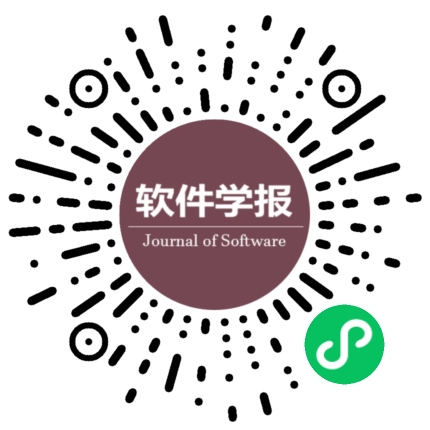基于毫米波的人体感知研究进展
作者:
作者单位:
作者简介:
通讯作者:
中图分类号:
基金项目:
国家自然科学基金(U21B2007)
Review on mmWave-based Human Perception
Author:
Affiliation:
Fund Project:
引用本文
席瑞,张佳,孙一淼,何源.基于毫米波的人体感知研究进展.软件学报,2025,36(11):5242-5274
复制相关视频
分享
文章指标
- 点击次数:
- 下载次数:
- HTML阅读次数:
历史
- 收稿日期:2023-10-08
- 最后修改日期:2024-07-12
- 录用日期:
- 在线发布日期: 2025-05-14
- 出版日期: 2025-11-06
文章二维码

您是第位访问者
版权所有:中国科学院软件研究所 京ICP备05046678号-3
地址:北京市海淀区中关村南四街4号,邮政编码:100190
电话:010-62562563 传真:010-62562533 Email:jos@iscas.ac.cn
技术支持:北京勤云科技发展有限公司
版权所有:中国科学院软件研究所 京ICP备05046678号-3
地址:北京市海淀区中关村南四街4号,邮政编码:100190
电话:010-62562563 传真:010-62562533 Email:jos@iscas.ac.cn
技术支持:北京勤云科技发展有限公司



